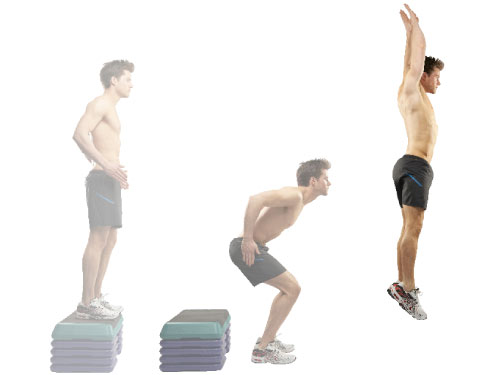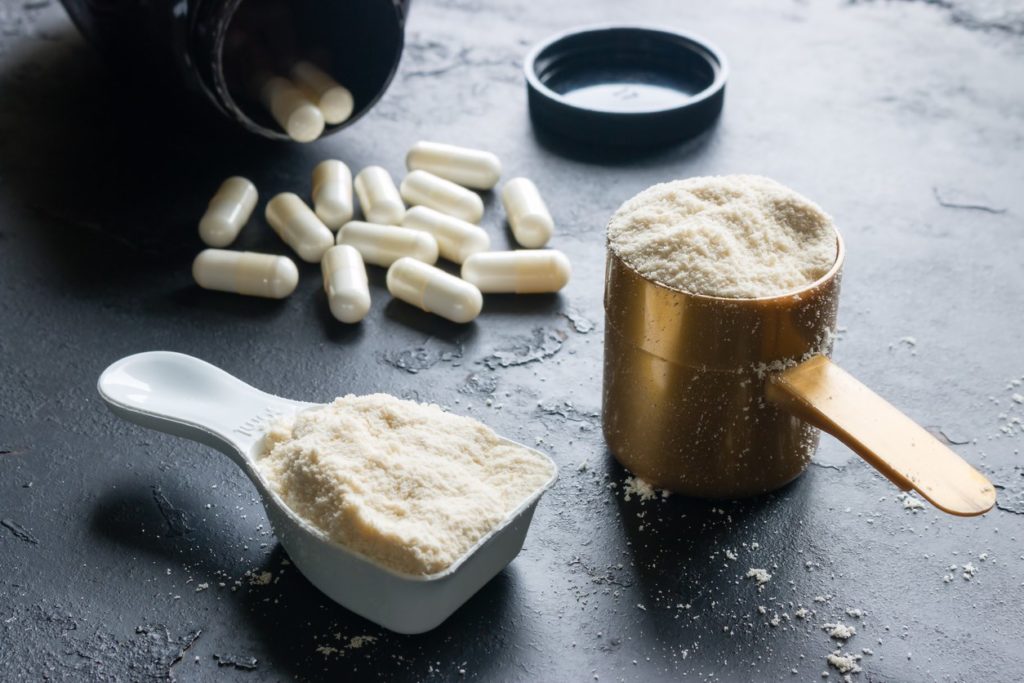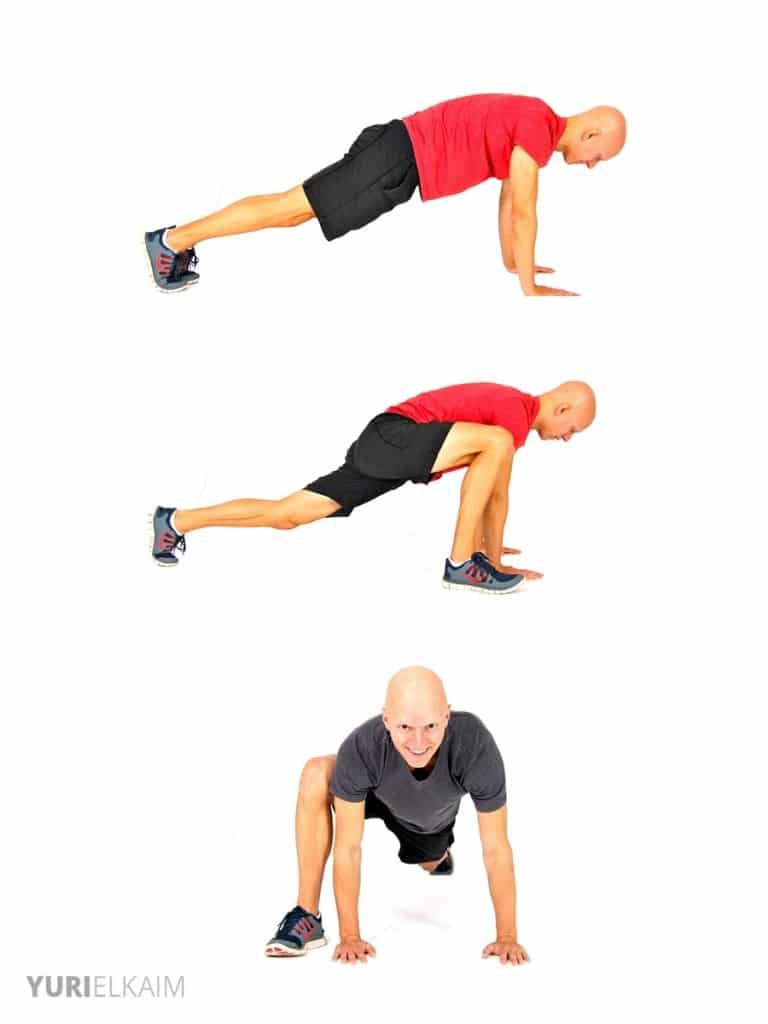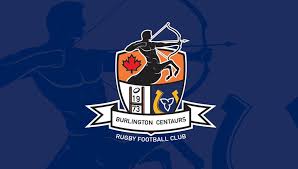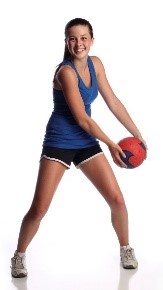
Healthy Pumpkin Pie Bars
Ingredients
- 1.5 cups almond flour superfine
- 2 teaspoons ground cinnamon
- 1/4 teaspoon ground ginger
- 1/4 teaspoon ground cloves
- 1/4 teaspoon ground nutmeg
- 2 tablespoons coconut oil melted
- 2 tablespoons maple syrup
- 1 teaspoon vanilla extract
- 1/8 teaspoon salt
- FILLING
- 1/2 cup coconut sugar
- 1 cup pumpkin puree
- 3 large eggs beaten
- 1 teaspoon vanilla extract
- 1 teaspoon ground cinnamon
- 1/4 teaspoon ground cloves
- 1/4 teaspoon ground nutmeg
- 1/4 teaspoon ground ginger
- WHIPPED CREAM TOPPING
- 1/2 cup heavy whipping cream
- 2 teaspoons maple syrup
- 1/2 teaspoon vanilla extract
Instructions
- Preheat the oven to 350ºF and lay parchment paper in the bottom of an 8×8-inch cake pan. Spray parchment paper with cooking spray. Set aside.
- Prepare the crust by mixing together all crust ingredients, forming a ball. Transfer dough into the greased pan and use your hands and/or a spatula to spread dough to the edges of the pan. The key is to make sure the crust is relatively the same thickness all around, so the spatula comes in handy especially for the edges.
- Place crust in the oven at 350ºF and bake for 10 minutes.
- While crust is baking, make the filling. Add coconut sugar and pumpkin puree to a large bowl. Mix until combined. Slowly add eggs to the pumpkin mixture. Then add the rest of the filling ingredients and mix well.
- Remove crust from the oven and carefully pour pumpkin mixture over the crust. Place pan back into the oven and bake at 350ºF for 24-28 minutes*.
- Let pumpkin bars cool for at least an hour. When you are ready to remove bars from the cake pan, simply lift the parchment paper up out of the pan. The bars should easily come out of the pan. Place bars on a cutting board and cut into 9 squares.
- For the whipped topping, add whipped cream ingredients to a large bowl. Using an electric mixer, whisk ingredients on high speed until stiff peaks form.
- Add a healthy dollop of whipped cream onto each bar when ready to serve.
Notes
Nutrition information does not include whipped topping
NUTRITION
Serving Size: 1/9 Calories: 144 Sugar: 15 Sodium: 58 Fat: 7 Carbohydrates: 17 Fiber: 1 Protein: 3






